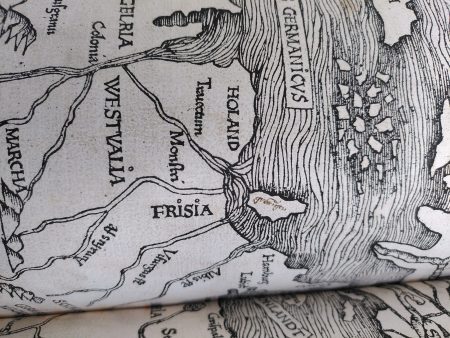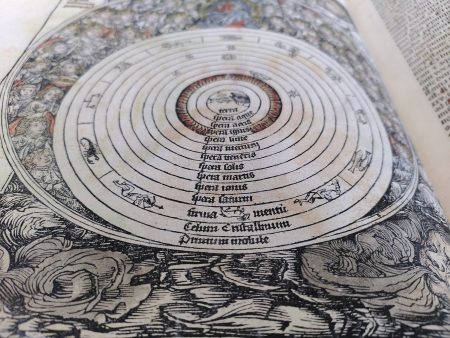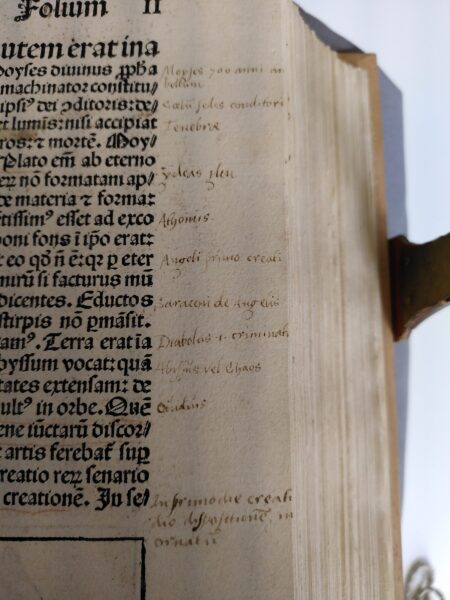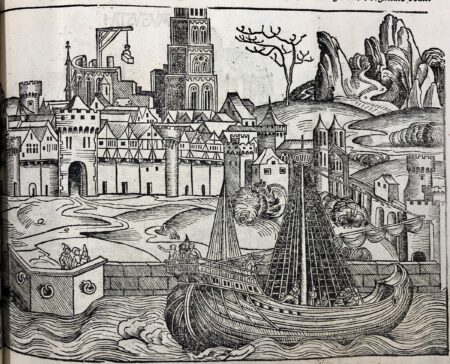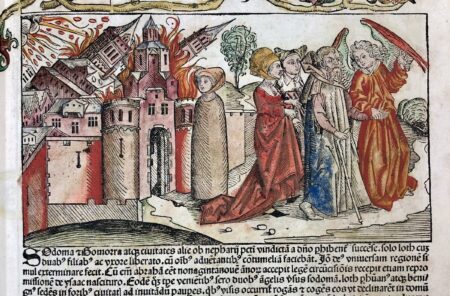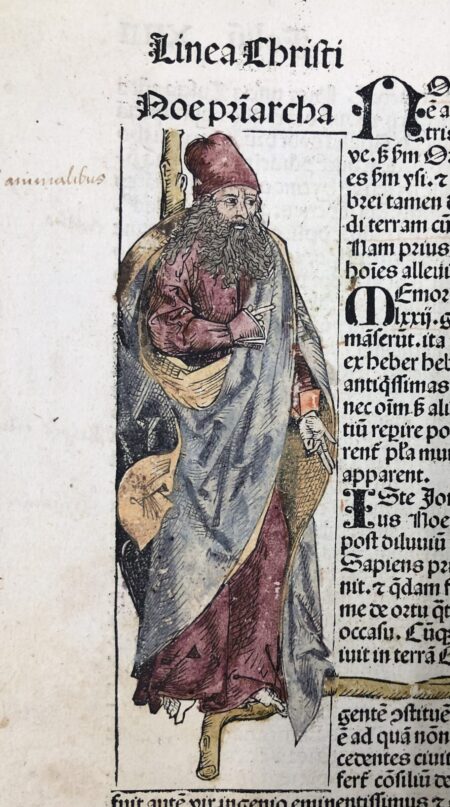On the wall here at Dokkum city hall is a group portrait painted by the artist Gerard Wigmana in 1697. It shows the man of the house, his family and servants, and an unknown, but seemingly important guest. In 2021, this painting was used in the Slavery exhibition in the Rijksmuseum at Amsterdam. Who was this man of the house? It was Julius Schelto van Aitzema, who was mayor of Dokkum in the 17th century.

This Julius Schelto van Aitzema owned a rather special book: the Liber Cronicarum, also known as the Nuremberg Chronicle. This chronicleof the world was written by Hartmann Schedel, a physician from Nuremberg with a broad interest in art and science. It was published in 1493. Schedel wanted to describe the history of the world in six time periods, followed by the Apocalypse, based on Christian eschatology.He collaborated on this with a team of artists and scholars.
The book was printed in Nuremberg by Anton Koberger, one of the most successful printers in Germany, and it became a bestseller: more than 2,000 copies were printed. The pages of this world chronicle are decorated with hundreds of illustrations in black and white, made using woodcuts.At the time, this made it the most illustrated book in the world. One example is the Danse Macabre, the Dance of Death, a theme often used in medieval art. We see five skeletons, three of which are dancing happily while the fourth is playing an instrument and the fifth is just crawling out of its grave. This illustration is still very popular and is even printed on T-shirts.
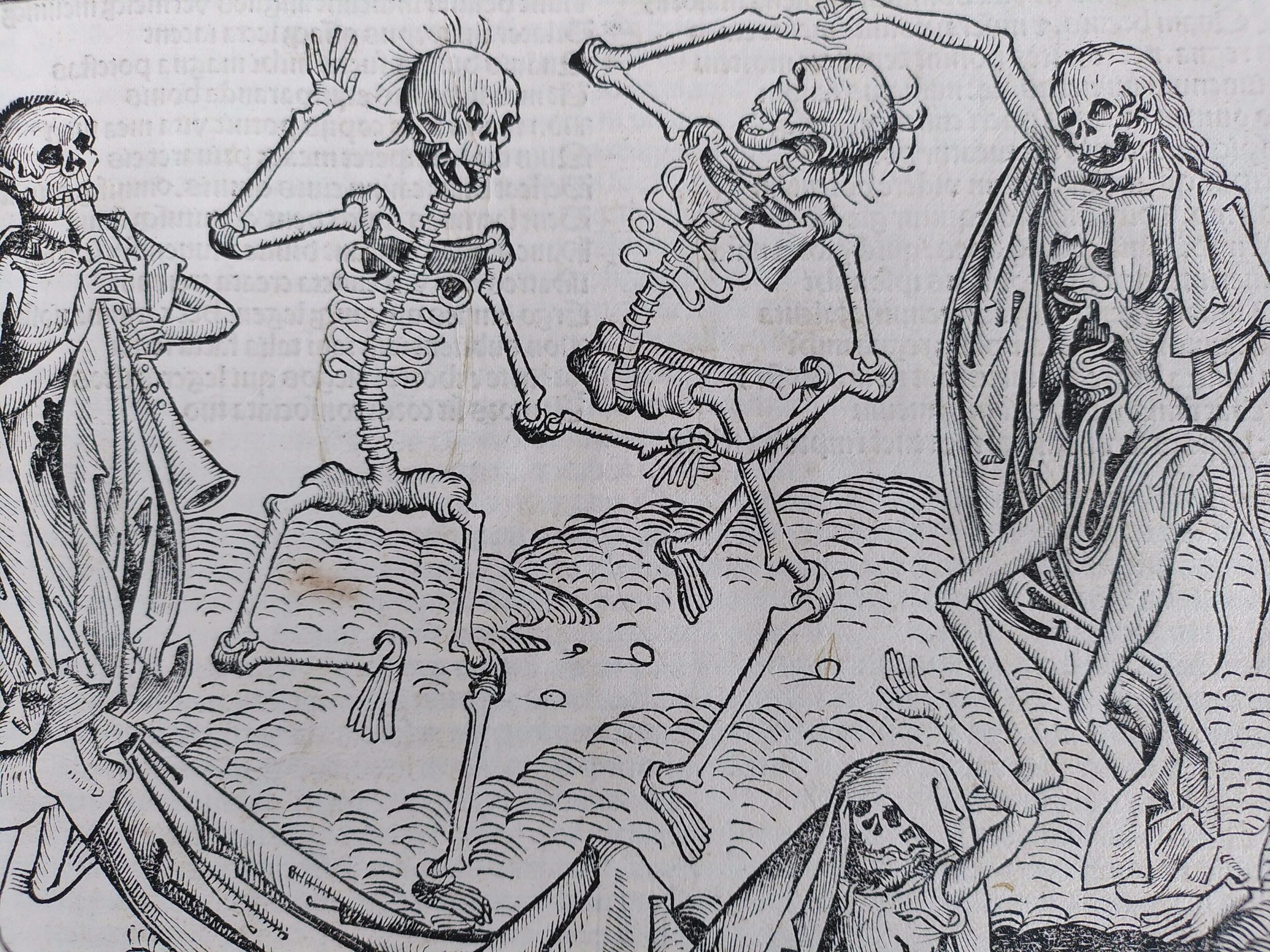
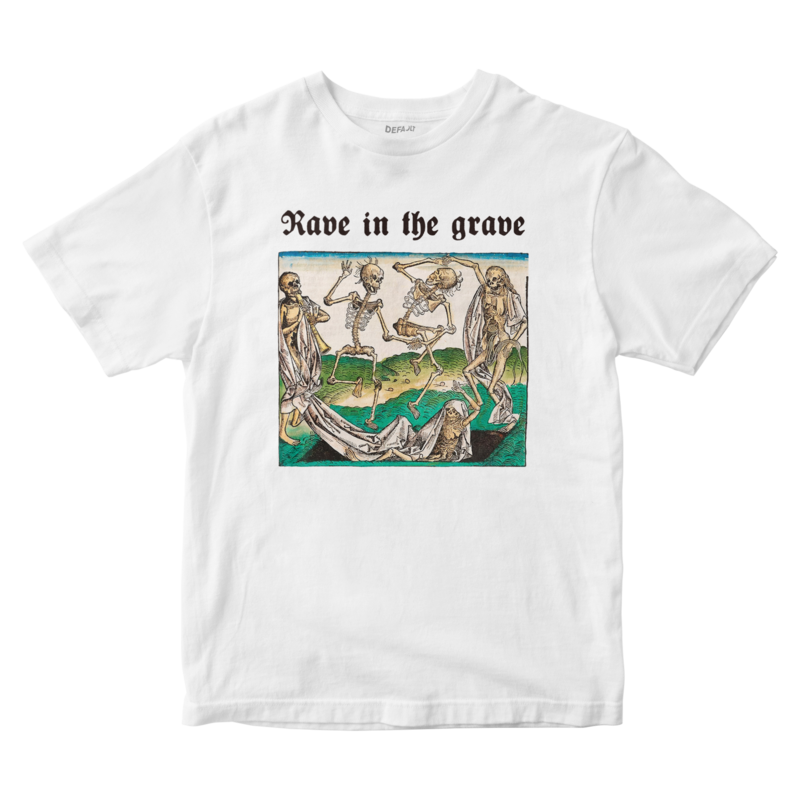
In our copy, the illustrations at the beginning of the book have been hand-coloured, but the later illustrations are in black and white. Maybe a bookseller commissioned the colouring and it was never finished. Or maybe one of the earlier owners started it? This particular copy also contains lots of notes in the margins, and some phrases have been underlined. Also remarkable is the world map at the back of the book. It includes the current territory of the Netherlands, with a small island printed above Frisia, which is marked ‘groningen’ by hand. Who added the name?
It could have been Rodolphus Kannegheter, who was a priest in Noordlaren at the end of the 15th century. Kannegheter was also a member of the prestigious society of Kalands Brethren.This means that he was from the city of Groningen and that he was involved in a spiritual community in that city. Did he add Groningen’s name to this world map and write the notes in the book? It is possible, but we do not know for sure. Maybe he was the first owner of this copy, but there may have been another owner before him: the text anno domini 1500 has been written at the front of the book, possibly by someone who owned the book before Kannegheter.
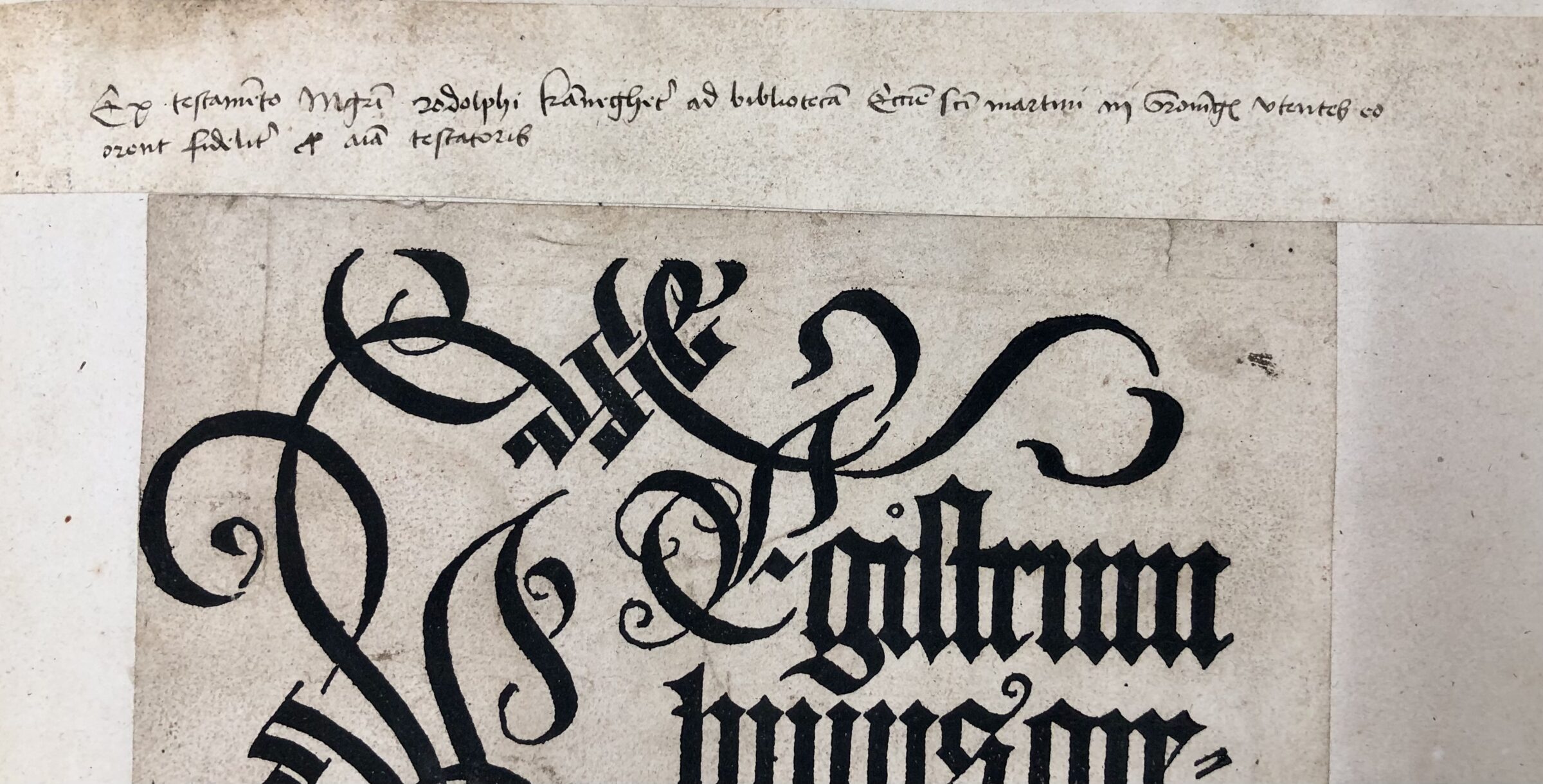
After Kannegheter’s death in 1506, his book was legated to the library of the Martinikerk, which may have acted as the municipal library at the time. The book was probably used in the library by clergymen. In this library, books like these were put on a chain: one end of the chain was attached to the book cover and the other end to a bookcase, to prevent people from taking books with them. Much later, this book was briefly owned by someone called Jacob Canter, but it is unknown how the book got into his possession. We do know that in 1683 Jacob gave the book to Julius Schelto van Aitzema, the subject of the painting in the Dokkum town hall. Van Aitzema died in 1714. In 1758, this chronicle is first mentioned in the catalogue of the University of Groningen Library.
Author: Kjelda Glimmerveen


